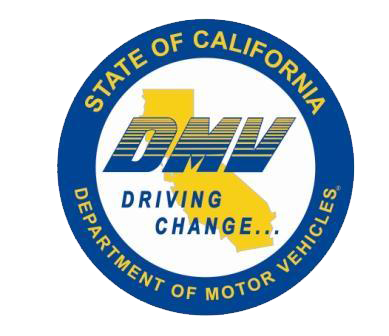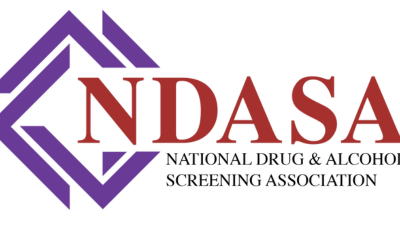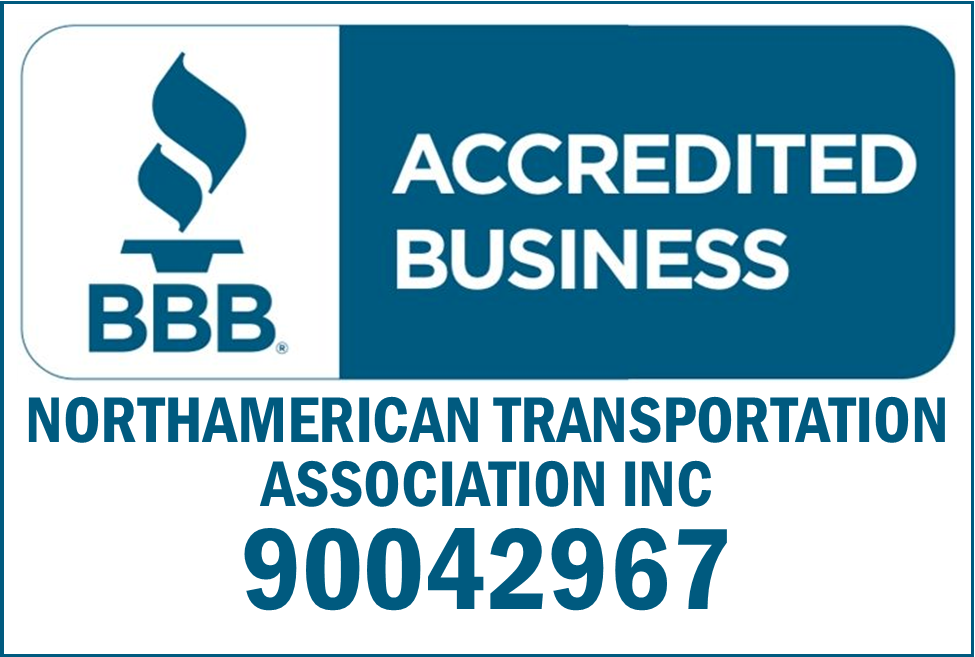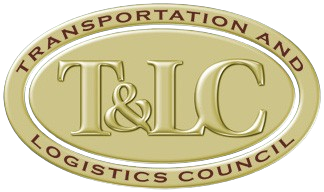2021-05 – Acceptance of Electronic Documents
Summary
Electronic documents and electronic methods for retaining them must satisfy the regulatory record retention requirements in the Federal Motor Carrier Safety Regulations (FMSCRs) Parts 300-399 in the U.S. and the applicable provincial or territorial jurisdiction in Canada. As such, electronic documents
required by Title 49 Code of Federal Regulations (CFR) Parts 300-399 are acceptable during roadside inspections and compliance reviews. Some industry stakeholders, however, are hesitant to rely on electronic documents during roadside inspections. The purpose of this bulletin is to ensure that all enforcement personnel and industry stakeholders are aware of the acceptability of certain electronic documents, provide a central source for all the regulatory guidance, and provide examples of documents requested at roadside or in a compliance review that can be surrendered in electronic format.
Background
In 2018, recognizing the increasing use of electronic documents, the Federal Motor Carrier Safety Administration (FMCSA) issued a final rule establishing parity between traditional paper documents and electronic documents (83 FR 16210 - Electronic Documents and Signatures, effective June 15, 2018).
Similarly, in Canada, many provinces and territories have updated regulations to allow certain documents to be kept and surrendered electronically. This means that during roadside inspections, electronic copies of requested documents required by 49 CFR Parts 300-399 are sufficient. As with paper copies, electronic copies must be legible, and anyone entitled to inspect them must be able to view and read the content required to be in the record.
Relevant Documents
These are examples of documents that may be presented during a roadside inspection in electronic
format:
• Driver medical cards and certificates
• Skills Performance Evaluation certificate (if applicable)
• Delivery receipts, shipping papers or bills of lading (non-hazardous materials/non-
dangerous goods only)
NOTE: In Canada, carriers can use electronic dangerous goods shipping documents if an
equivalent level of safety is maintained and an equivalency certificate is obtained from
Transport Canada. Visit https://tc.canada.ca/en/dangerous-goods/regulatory-sandbox-
electronic-shipping-documents for details.
• Record of duty status
• Supporting documents to verify record of duty status
• Daily Vehicle Inspection Report (if applicable, Canada only)
• Periodic inspection certificates or reports
• Lease agreement
Electronic documents must contain all required information, including a signature where applicable. Electronic versions should be capable of maintaining their quality when printed later. Converting a paper document to an electronic one by typing the information into a form is the creation of a new document, not creating an electronic copy.
Electronic Signature
An electronic signature is a method of signing an electronic communication that identifies and authenticates a particular person as the source of the electronic communication; and indicates such person’s approval of the information contained in the electronic communication. An electronic signature
may be made using any available technology that satisfies FMCSA’s requirements. An electronic "captured image" signature is a scripted name or legal mark that, while conventionally created on paper, may also be created using electronic devices. For example, many supermarkets and package-delivery services use electronic captured image technology when they permit customers to sign their names in script using a stylus or finger on an electronic pad. This qualifies as an electronic signature, as long as the signature and its related document are electronically bound and can be reproduced together.
Anyone may use electronic documents and/or signatures to satisfy the requirements of signing or certifying a document. A document may not be signed if the person signing has an incomplete document.
Other Required Documents (State, Provincial or Territorial)
Refer to state, provincial or territorial law, rules and regulations to determine if the documents listed
below are permitted to be presented electronically.
• Registration receipts (cab cards)
• International Fuel Tax Agreement (IFTA) documents
• International Registration Plan (IRP) receipts
• Insurance
• Over-dimensional permits
• National Safety Code Number (NSC)/Safety Fitness Certificate (SFC)/Numéro d'identification au
register (NIR)/Commercial Vehicle Operators Registration (CVOR) – Canada Only
• Daily Vehicle Inspection Schedule – Canada Only
• Other required jurisdictional permits
Guidance
As outlined in 49 CFR 390.32, when an inspector conducts a roadside inspection or a compliance review, the driver or motor carrier may present anything required by FMCSA in Parts 300-399 in electronic format. In Canada, most of these documents can generally be produced in electronic format during a roadside inspection. However, regulations prescribing these requirements are governed by each province and territory so acceptable electronic documents may vary. Carriers and drivers intending on carrying and surrendering required documents electronically should consult with the jurisdiction(s) in which they
intend to travel to determine what is acceptable. Documents required to be produced on demand by an inspector at roadside must be presented in an
electronic format at the time of request, just as a paper document would be required. Documents required within 48 hours for other investigations must be presented within that timeframe. Original documents do not need to be retained if they are retained electronically.
Content Disclaimer: Due to the constantly changing nature of government regulations, it is impossible to guarantee the total and absolute accuracy of the material contained herein or presented. NorthAmerican Transportation Association (NTA) cannot and does not assume any responsibility for omissions, errors, misprinting or ambiguity contained. NTA shall not be held liable in any degree for any loss, damage or injury caused by any such omission, error, misprinting or ambiguity present. It is made available with the understanding that NTA is not engaged in rendering legal, accounting or other professional service. If legal advice or other expert service is required, the services of such a professional should be sought.











